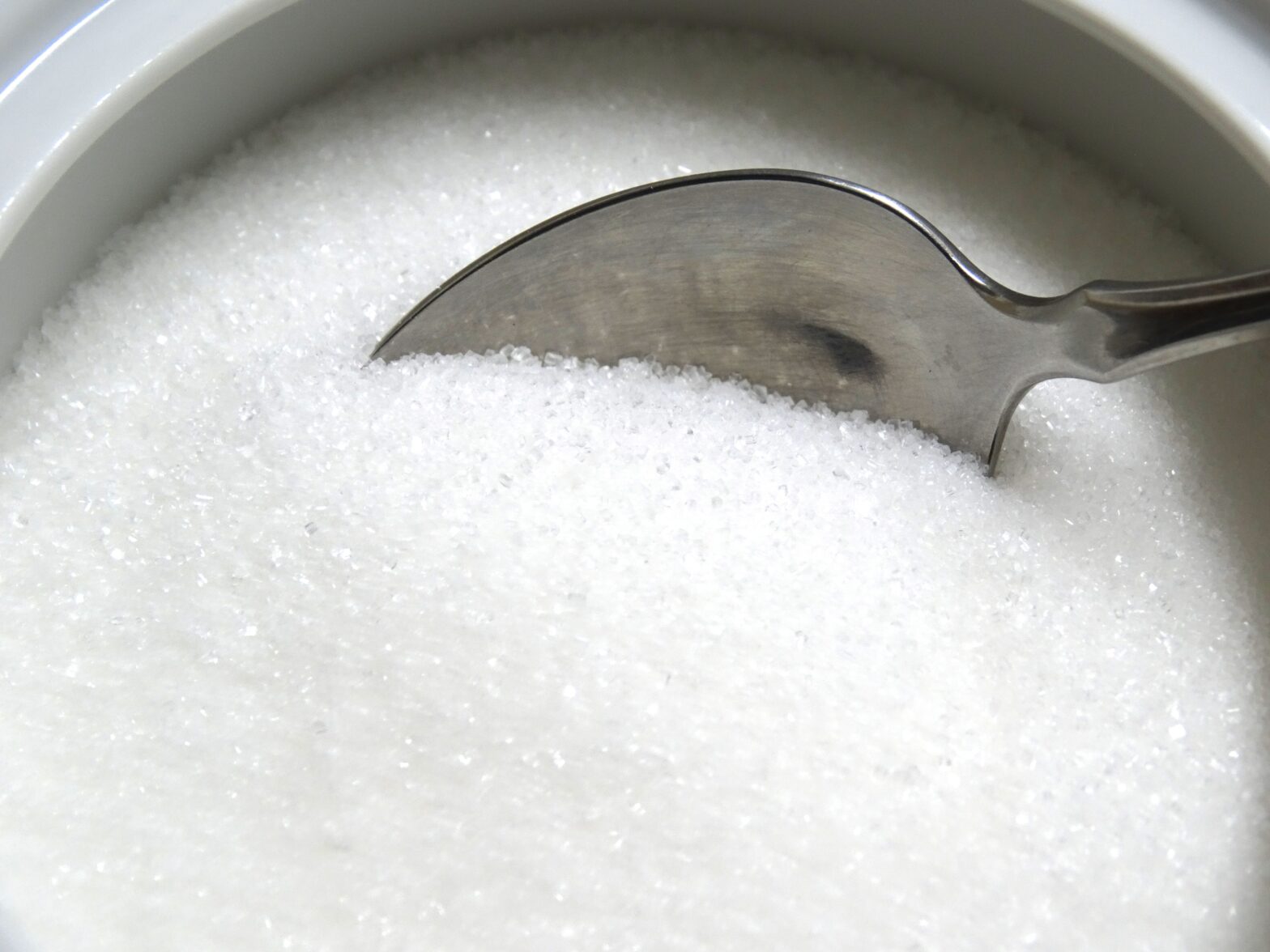Low-Glycemic Foods: Your Key to Balanced Blood Sugar
The glycemic index (GI) is a measure of how quickly carbohydrates in food are digested and absorbed into the bloodstream, affecting blood sugar levels. Foods are categorized based on their GI value:
Low-Glycemic Foods (GI of 55 or less)
Low-GI foods are digested slowly, leading to a gradual rise in blood sugar levels. They are generally healthier choices, especially for individuals with diabetes. Examples include:
- Whole grains: brown rice, quinoa, whole-wheat bread, oats
- Legumes: lentils, chickpeas, kidney beans, black beans
- Most fruits: apples, pears, berries, citrus fruits
- Non-starchy vegetables: broccoli, spinach, carrots, leafy greens
- Healthy fats: olive oil, avocados, nuts, seeds
High-Glycemic Foods (GI of 70 or more)
High-GI foods are digested rapidly, causing a spike in blood sugar levels. These foods should be consumed in moderation, especially for individuals with diabetes. Examples include:
- White bread
- White rice
- Potatoes
- Sugary drinks
- Processed snacks
By understanding the glycemic index and making informed food choices, you can manage your blood sugar levels, improve your overall health, and reduce your risk of chronic diseases.
.
Why Low-GI Foods Matter for Diabetes
By choosing low-GI foods, you can:
- Stabilize Blood Sugar Levels: Low-GI foods help maintain steady blood sugar levels, reducing the risk of spikes and crashes.
- Improve Insulin Sensitivity: Regular consumption of low-GI foods can enhance your body’s sensitivity to insulin, the hormone responsible for regulating blood sugar.
- Reduce the Risk of Diabetes Complications: Consistent blood sugar control can lower the risk of developing diabetes-related complications, such as heart disease, nerve damage, and kidney disease.
Low-Glycemic Foods By Food Groups
Here’s a list of low-glycemic foods categorized by food group:
Grains
- Whole grains: brown rice, quinoa, whole-wheat bread, oats
- Legumes: lentils, chickpeas, kidney beans, black beans
Vegetables
- Non-starchy vegetables: broccoli, spinach, carrots, cauliflower, zucchini, bell peppers, cucumber, lettuce, kale
Fruits
- Most fruits, especially: apples, pears, berries (strawberries, blueberries, raspberries), citrus fruits (oranges, grapefruit), cherries
Dairy
- Low-fat milk, yogurt, and cheese
Proteins
- Lean meats: chicken, turkey, fish
- Eggs
- Nuts and seeds: almonds, walnuts, chia seeds, flax seeds
Healthy Fats
- Olive oil
- Avocado
NB: Condiments and Sweeteners
Vinegar, mustard, herbs, spices, stevia, and monk fruit
While these foods are generally low-glycemic, individual responses to food can vary. It’s always best to consult with a healthcare professional or registered dietitian for personalized dietary advice.
Research and Industry Trends
Several studies have highlighted the benefits of low-GI diets for people with diabetes:
- Improved Glycemic Control: Numerous studies have shown that a low-GI diet can significantly improve glycemic control, reducing the need for medication.
- Reduced Risk of Cardiovascular Disease: A low-GI diet can help lower the risk of heart disease by reducing blood pressure and cholesterol levels.
- Weight Management: Consuming low-GI foods can help with weight management, as they tend to be more filling and satisfying.
The food industry has responded to the growing interest in low-GI diets by offering a wider range of low-GI products, such as whole-grain bread, low-sugar cereals, and sugar-free sweeteners.
General Guidelines for a Low-GI Diet
- Prioritize Whole Foods: Choose whole, unprocessed foods over refined grains and sugary snacks.
- Combine Foods Wisely: Pairing low-GI carbohydrates with protein and healthy fats can help slow down digestion and stabilize blood sugar.
- Read Food Labels: Check the ingredient list and nutrition facts to identify hidden sugars and processed ingredients.
- Cook at Home: Preparing meals at home allows you to control the ingredients and portion sizes.
- Listen to Your Body: Pay attention to how different foods affect your blood sugar levels and adjust your diet accordingly.
A 24-Hour Low-GI Meal Plan
Breakfast:
- Oatmeal with berries and nuts
- Greek yogurt with honey and nuts
Lunch:
- Lentil soup with whole-grain bread
- Salad with grilled chicken or fish
Dinner:
- Salmon with roasted vegetables (broccoli, carrots, zucchini)
- Brown rice or quinoa
Snacks:
- Fruits (apples, pears, berries)
- Vegetables (carrots, celery) with hummus
- Nuts and seeds
- Greek yogurt
By incorporating low-GI foods into your daily diet, you can take control of your blood sugar levels, improve your overall health, and reduce your risk of diabetes complications.
